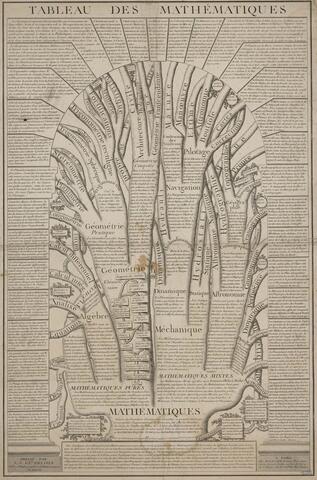

La construction des tables astronomiques (4 juin 2025)
Nous avons le plaisir de vous annoncer une demi-journée consacrée à l’histoire des constructions de tables astronomiques, le mercredi 4 juin 2025, avec la participation de Anjing Qu (Institute for Advanced Study in History of Science, Northwest University, Xian, China), professeur invité à l’IMJ-PRG, et Matthieu Husson (LTE-Observatoire de Paris, CNRS), dont les exposés seront accompagnés d’une discussion collective.
Résumé de la séance
« Astronomical tables in old China: construction and function », par Anjing QU (Institute for Advanced Study in History of Science, Northwest University, Xian, China)
Abstract: There are various kind of astronomical tables constructed in Chinese calendrical computing system. Two questions will be discussed in this talk. First, how Chinese astronomers made use of these tables to compute the movement of celestial bodies. Second, how these tables were constructed. For question one, Chinese developed many types of algorithms of interpolation. For question two, we will take a concrete example in the 5th century calendar system to explore a surprising relationship between the construction of astronomical table and Chinese remainder theorem which reveals a manner of mathematical practice in old China.
« Editing and Analysing the Tabule Magne of John of Lignères », par Matthieu HUSSON (LTE-Observatoire de Paris, CNRS)
Abstract: As part of collections of astronomical treatise dedicated to Roberto Bardis then dean of the Theology faculty in Paris University, John of Lignères included a series the Tabule magne, a series of tables focused on planetary and syzygies computations. These tables are an interesting contribution to late medieval astronomy in Europe both because of their mathematical treatment of some astronomical problems (planetary equations, syzygies) and because of its important manuscripts tradition in England and Central Europe well into the 15th century. In this communication I'm going to propose some methodological reflection on the ways I have worked during the past years on this corpus to produce a digital and printed edition of the Tabule magne as well as different layers of analysis aiming at uncovering the historical actors practices related to the creation and successive production of manuscripts witness of this collection of tables
Institut de mathématiques de Jussieu-Paris rive gauche
Campus Pierre et Marie Curie, Métro Jussieu, Couloir 15-16, 4e étage (accès par la tour 16 ou la tour 15), salle 413, de 14h à 17h.

